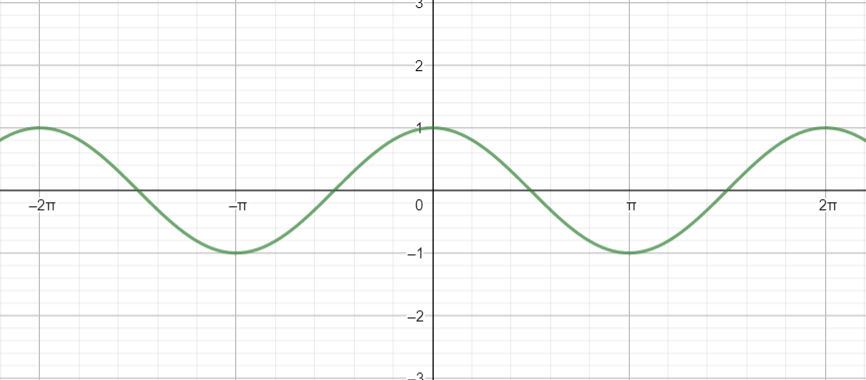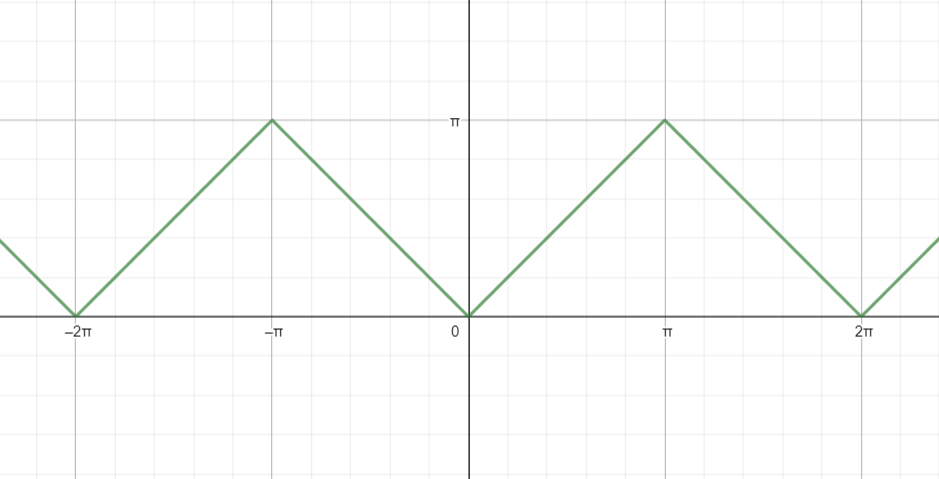
Sketch the graph for
Answer
518.7k+ views
1 likes
Hint: In this question, we will first write secant function in terms of cos then understand the relation of
Complete step-by-step answer:
In given question, we have,
This can be written as
We know that
Cross multiplying this, we get,
This can be written as,
So, the graph of
Now,
Since, cos x is periodic with period
Also, the domain here is a set of those values of
Now, for all real values of
We know, graph of

We see that, in the interval
Also, from definition of cosine inverse, in this graph, we get,
If we substitute
Now, in graph of
But, in the interval
Let those two different values be represented by
Now, as
And as it increases from 0 to
Also, from
Hence, the graph of

Hence for the graph of
Note: While plotting the graph, keep in mind that for two different values of
Complete step-by-step answer:
In given question, we have,
This can be written as
We know that
Cross multiplying this, we get,
This can be written as,
So, the graph of
Now,
Since, cos x is periodic with period
Also, the domain here is a set of those values of
Now, for all real values of
We know, graph of

We see that, in the interval
Also, from definition of cosine inverse, in this graph, we get,
If we substitute
Now, in graph of
But, in the interval
Let those two different values be represented by
Now, as
And as it increases from 0 to
Also, from
Hence, the graph of

Hence for the graph of
Note: While plotting the graph, keep in mind that for two different values of
Latest Vedantu courses for you
Grade 11 Science PCM | CBSE | SCHOOL | English
CBSE (2025-26)
School Full course for CBSE students
₹41,848 per year
Recently Updated Pages
Express the following as a fraction and simplify a class 7 maths CBSE

The length and width of a rectangle are in ratio of class 7 maths CBSE

The ratio of the income to the expenditure of a family class 7 maths CBSE

How do you write 025 million in scientific notatio class 7 maths CBSE

How do you convert 295 meters per second to kilometers class 7 maths CBSE

Write the following in Roman numerals 25819 class 7 maths CBSE

Trending doubts
Give 10 examples of unisexual and bisexual flowers

Draw a labelled sketch of the human eye class 12 physics CBSE

Differentiate between homogeneous and heterogeneous class 12 chemistry CBSE

Differentiate between insitu conservation and exsitu class 12 biology CBSE

What are the major means of transport Explain each class 12 social science CBSE

Franz thinks Will they make them sing in German even class 12 english CBSE




